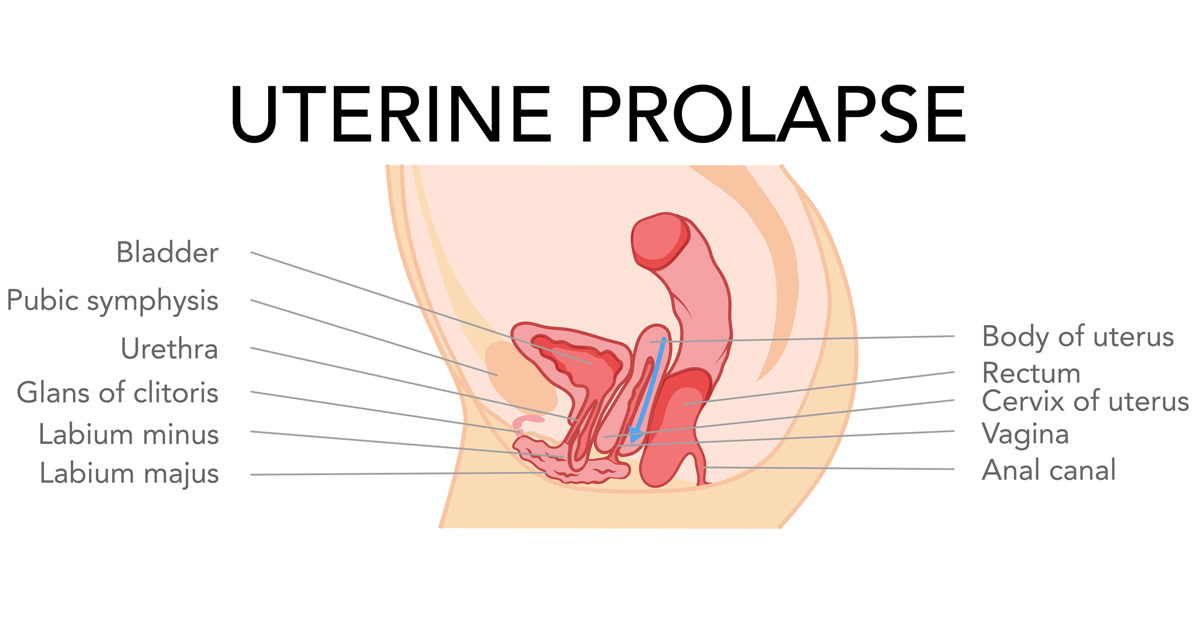

Uterine-sparing prolapse surgery, also known as hysteropexy, is done to treat women diagnosed with uterine prolapse. This form of treatment focuses on prolapse repair without a hysterectomy allowing for faster recovery and less surgical morbidity.
Pelvic Organ Prolapse Treatment
The right treatment for a patient diagnosed with pelvic organ prolapse will depend on:
- The degree of the prolapse
- Their symptoms
- The patient’s overall health and choice
- The patient’s activity level
- The patient’s fertility desire
- Surgeon’s choice of procedure and skill

Why Women Choose Uterine-Sparing Prolapse Surgery
Women who don’t want to undergo a hysterectomy to address uterine prolapse, may undergo uterine-sparing prolapse surgery. This option is less risky than a hysterectomy and has a shorter recovery period.
Women who don’t want to use mesh or face potential complications of synthetic material placed in their body, also choose uterine-sparing prolapse surgery.
Women may also prefer uterine-sparing surgery due to changes in lifestyle, beliefs, pregnancy desire, and understanding the role of the uterus and cervix in sexual function.
Benefits of Uterine-Sparing Prolapse Surgery
Women who undergo uterine-sparing prolapse surgery may enjoy the following benefits:
- The pelvic anatomy is not altered
- Less intraoperative bleeding
- Shorter operating time
- Shorter hospital stay
- Reduced risk
- Faster recovery
Surgical Techniques
The five techniques that may be used during uterine-sparing prolapse surgery include:
The Manchester operation: This is the oldest approach, but also the riskiest and therefore not preferred. Risks include subfertility, prolonged labor, pregnancy loss, infertility, dyspareunia, dysmenorrhoea, and high failure and recurrence rates.
Uterosacral ligament fixation: In this approach, the cardinal ligaments pull the cervix upwards into the midline. The risks of this approach are also serious.
Sacrospinous ligament fixation: In this approach, the cervix and uterosacral ligament are attached to the right sacrospinous ligament in the spine. The procedure is safe and effective, compared to a vaginal hysterectomy.
The two other approaches are iliococcygeal suspension and colpocleisis.
Patients should speak to their surgeon and physician to learn more about the benefits and risks of each approach and to determine the right option for them
What to Expect During Surgery
The surgeon uses a laparoscopy to repair supporting ligaments and preserve the uterus. The uterosacral ligaments are typically damaged in the middle. The surgeon attaches the intact lower portion of the ligaments with sutures.The surgery may be performed using vaginal, abdominal, laparoscopic, and robotic methods. The right approach for an individual patient will depend on their overall health and the surgeon’s experience.
